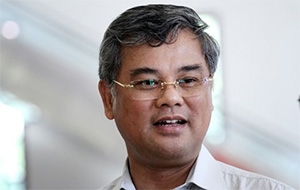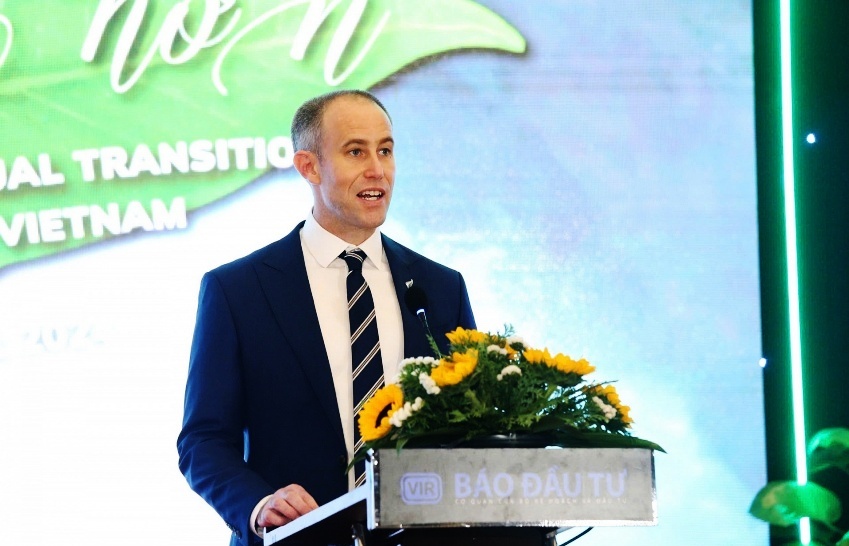Nation’s inflation fight steps up another gear
 |
| The government’s drive to medicate the economy has already resulted in a stabilised banking system |
Nguyen Xuan Phuc, Minister and Chairman of the Government Office, said the new growth target this year would be 6 per cent.
It is the second time the government has lowered its target in two consecutive months. Previously, in the Vietnam Business Summit held on the sidelines of the Asian Development Bank’s 44th annual meeting last month, Minister of Planning and Investment Vo Hong Phuc said a 6.5 per cent growth rate was an appropriate goal, 1 per cent lower than the National Assembly’s target.
The downgrade indicates the government’s determination to rein in inflation, which has climbed to 12.07 per cent in May against December 2010, or a 19.78 per cent rise year-on-year.
The Ministry of Planning and Investment (MPI), in a report sent to the government, estimated economic growth in the first half of this year to be 5.6 per cent year-on-year compared with 6.16 per cent last year. In which, the industry and construction sector grew 6.6 per cent, service 6.3 per cent, and agriculture, fishery and forestry 1.9 per cent.
Minister Nguyen Xuan Phuc said the rate was low due to an unstable global economy and local policies to rein in inflation.
“We will just maintain economic growth enough to ensure jobs and social welfare. Even the consumer price index slowed down in May, inflation remains too high. We have already taken drastic measures, but we will not disregard this issue [high inflation],” he said.
State Bank governor Nguyen Van Giau said the stabilisation of the banking system and forex market in recent weeks were positive signals proving the effectiveness of the monetary and fiscal tightening measures adopted in the government’s Resolution 11.
The State Bank reported credit growth in the year’s first five months was 6.92 per cent and the country’s forex reserves increased by $1.72 billion in May. The overnight borrowing rate dropped to 13 per cent per year, 9 per cent lower than April.
The MPI reported that nearly $4 billion had been cut from public investment plans by the end of May, equivalent to 9 per cent of the total investment capital projected for national socio-economic development.
What the stars mean:
★ Poor ★ ★ Promising ★★★ Good ★★★★ Very good ★★★★★ Exceptional
Related Contents
Latest News
More News
- VIR sustainable development conference opens in Hanoi (November 12, 2024 | 09:42)
- Taking the lead in dual transition for a greener Vietnam (November 11, 2024 | 17:00)
- Vietnamese consumers careful amid economic volatility (November 11, 2024 | 13:55)
- Quality must come first in chip mission (November 11, 2024 | 10:33)
- Vietnam's digital economy estimated to reach $36 billion in 2024 (November 07, 2024 | 13:52)
- Authorities looks to tackle influx of cheap foreign goods (November 07, 2024 | 10:44)
- Trump claims 'magnificent' victory over Harris (November 06, 2024 | 16:55)
- Trump on verge of victory over Harris (November 06, 2024 | 14:26)
- Hanoi unveils innovative tourism event to celebrate cultural heritage (November 06, 2024 | 13:36)
- FDI hits over $27 billion in first 10 months (November 06, 2024 | 13:24)




 Tag:
Tag:

















 Mobile Version
Mobile Version